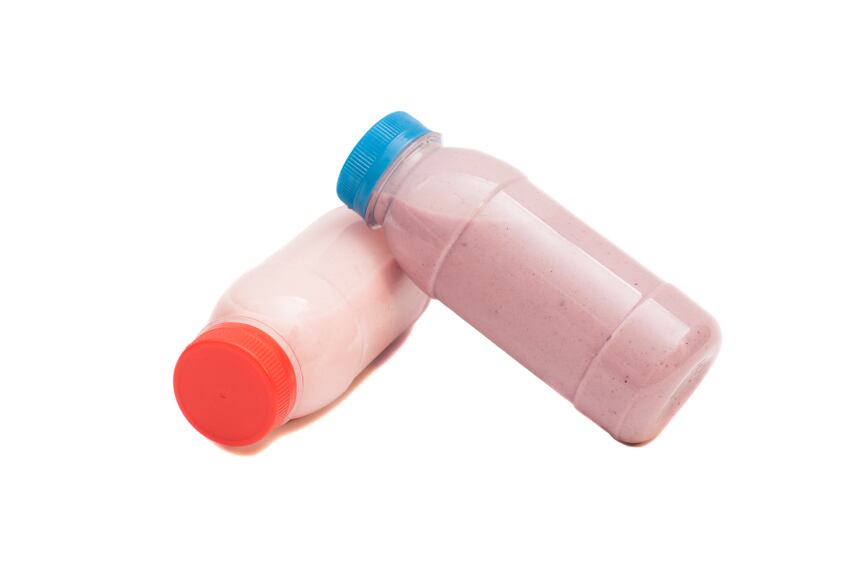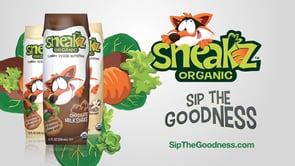Research from New Nutrition Business analysed 151 businesses founded between 2002 and 2013 in the UK, US and Australia, exploring what makes a ‘healthier’ food start-up fail or succeed.
The main finding was that snack and beverage start-ups are most resilient; snacks enjoyed the highest success rate of 64%, and, if a ‘free-from’ message was added, this figure rose to 88%.
Beverages came in second, with 56% of ventures still thriving.
ThinkThin, which markets a range of high protein and fibre bars in the US, Graze - the UK-based ‘healthier’ snacks subscription service, and on-trend US coconut water label Zico were among the beverage and snack ventures that came out on top in the analysis. A start-up was considered ‘successful’ by the researchers if the company has a presence online and products are commercially available.

Explaining why beverages and snacks had a higher rate of success than other categories, Joana Maricato, senior market analyst at New Nutrition Business, said: “beverages and snacks are products that are easier to adapt to constant changes in demand and preferences”.
Dairy: a daring strategy
By contrast, dairy was the only category where failure exceeded success, with 57% of start-ups no longer present on the market.
Maricato suggested that this was because many of the dairy start-ups in the period studied connected to benefits that were “not logical fits to the category”, for example, omega-3 fortified dairy products with a heart health positioning.

From a practical point of view, she pointed out that dairy products can also be more challenging in terms of retailing.
“Chilled chains cause a higher rate of wastage, which can be a big problem for start-ups. Then there is the applicability of ingredients and product adaptations, such as different flavours and formats, which is more challenging when compared to other categories like beverages or snacks,” she said.
Kids products no child play
Kids products also face particular obstacles. This was apparent in the beverages category, where kids beverages brought down the success rate significantly – when these were stripped out, the beverage category recorded a higher success rate than snacks.
“Anyone venturing into the kids’ segment needs to bear in mind the double consumer challenge they face: to please the ‘consumption’ consumer - the children, as well as the ‘buying’ consumer - the parents,” advised Maricato.

An example of a food brand that delivers on both counts is Sneakz, a kids’ shake in which vegetable nutrition is disguised by organic milk and other ingredients.
Besides the category, the choice of benefits and other properties appear to influence how well a product will fare, said Maricato. For example, in beverages, energy was one of the benefits with the highest success rates, whilst in dairy, the high protein platform performed well. A free-from positioning was associated with high success rates in both beverages and snacks.
Making it mass market: a misguided ambition?
Only 60% of the successful start-ups made it to mass market - in other words, achieved a presence in traditional retail channels such as national supermarket and drug store chains.
However, in Maricato’s view, the mass market route is not the be all and end all.

“Start-ups can thrive while remaining in smaller, niche segments, where premium prices are often easier to obtain,” she said.
Even if a mass market presence is the ultimate goal, she suggested that “rather than trying to go mass market immediately, it may be better to establish a well-defined target consumer group and invest in sampling campaigns initially.”
